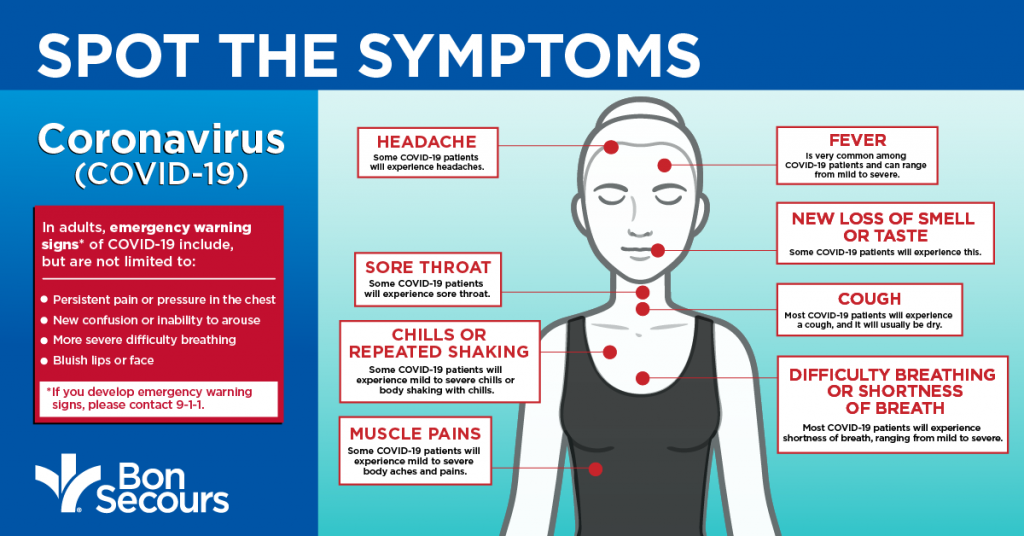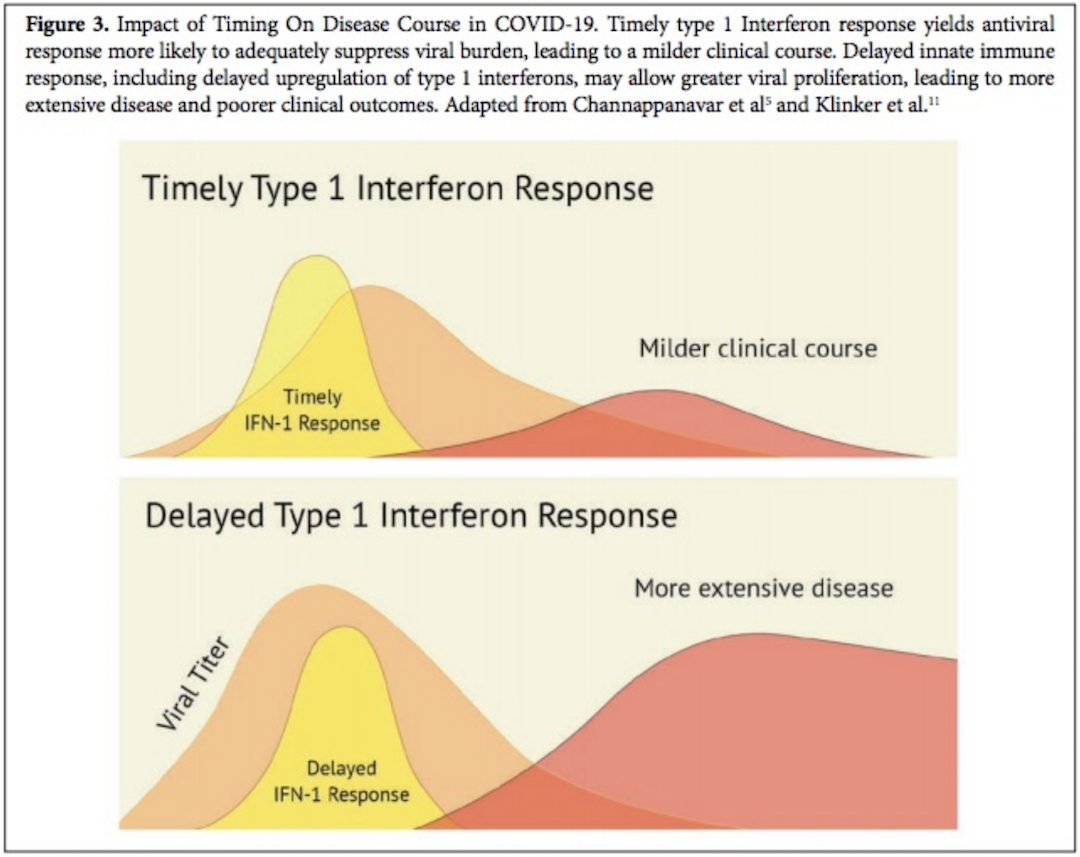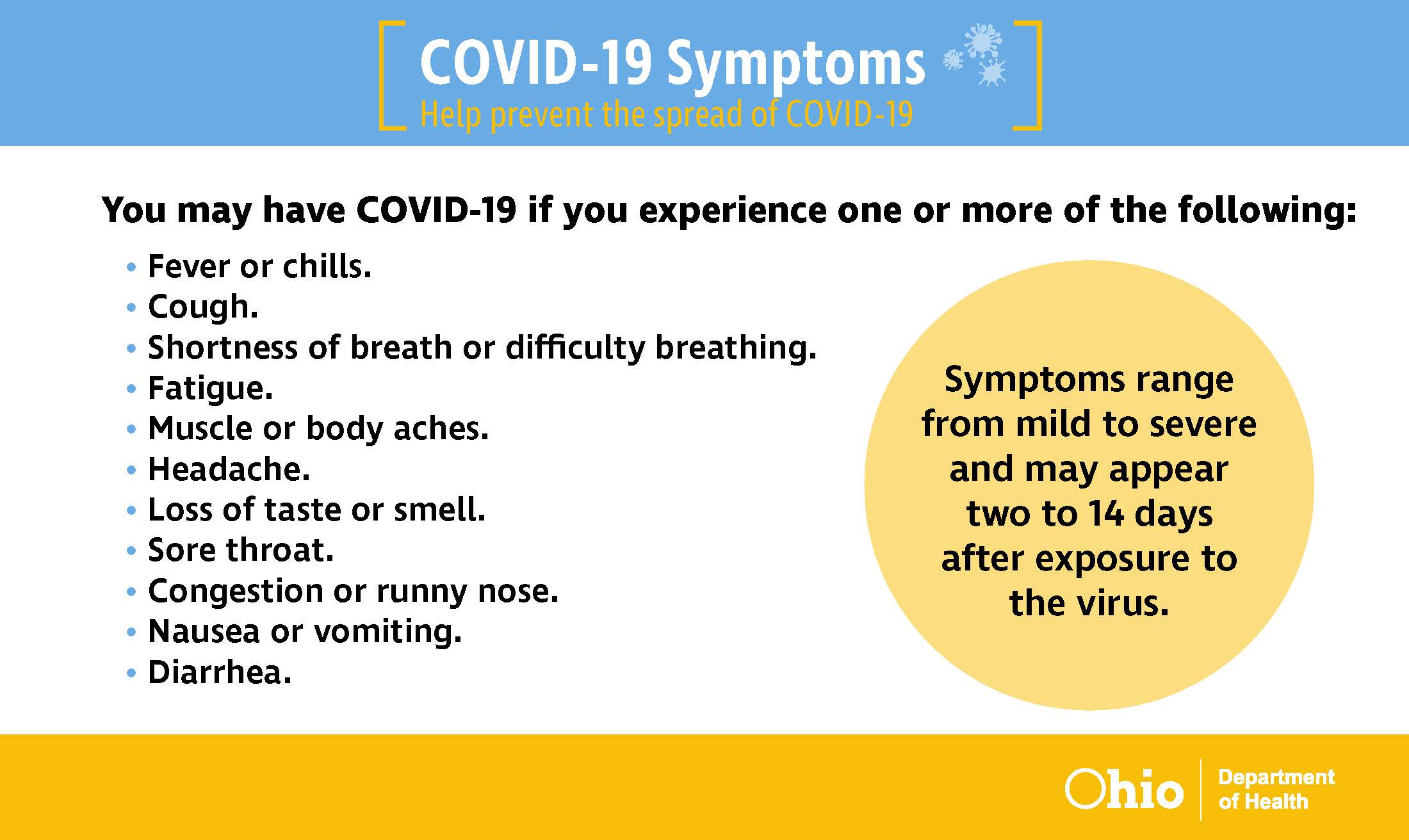

In Landon's study, health care workers were still testing positive even though they felt well enough to return to work. On the flipside, you can still be infectious even if you're feeling better. So symptoms can be a sort of early-warning siren of an infection, even if you're not yet contagious. Vaccination primes the immune system which means that "it doesn't take so long to rev up, so that it can react to even small amounts of virus in your body," Landon says.

That influenced the CDC's five-day guideline for exiting isolation.īut the relationship between symptoms and infectivity appears to have changed with omicron, according to Landon's research – in part because so many people are now vaccinated. With prior variants, data suggested that people were most infectious just before and in the day after their symptoms developed, says Chin-Hong. He says multiple studies have shown that "there's very little, if any, transmission after day 10, regardless of the variant." There's one notable exception to this rule of thumb: If you're immunocompromised, you should wait 20 days to exit isolation, because research prior to omicron has shown that these patients tend to shed virus longer. Given all these findings so far, Landon says if you can't test again to exit isolation, waiting "eight days is a lot safer than six days." Just keep wearing your mask though day 10, she says.Īfter 10 days, you can consider yourself good to go, says Chin-Hong. Emily Landon of the University of Chicago Medicine.


The rates of positivity "were higher on day six and seven and lower on days nine and 10," says study co-author Dr. After 10 days, nobody in the study had infectious virus detectable on a PCR test.Īnd a third study, of 260 vaccinated health care workers in Chicago, found that overall, 43% were testing positive on rapid antigen tests five to 10 days after infection with omicron – even though they felt well enough to return to work. Shots - Health News If you're finding this stage of the pandemic especially confusing, you're not aloneĪnother small study from Japan found that virus levels were highest on days three through six, and then gradually started to drop off. And compared with people infected with delta, there was a lot more variability in how long it took people with omicron to hit their peak viral load. Their study found that around 50% of people infected with omicron were still testing positive on a PCR test on day five. Researchers looked at data from the National Basketball Association's extensive COVID testing program. How much time has passed?Īt least three studies have found that people infected with omicron still have virus levels high enough to be contagious more than five days after their symptoms began. So how can you know if you are ready to rejoin the world - without potentially infecting others? Here are some science-based criteria that can help you figure it out. Peter Chin-Hong, a professor of medicine and infectious disease specialist at the University of California, San Francisco. "What we know based on the data so far is we can't reliably use five days as a way to exit isolation," says Dr. Shots - Health News Why rapid COVID tests aren't more accurate and how scientists hope to improve them


 0 kommentar(er)
0 kommentar(er)
